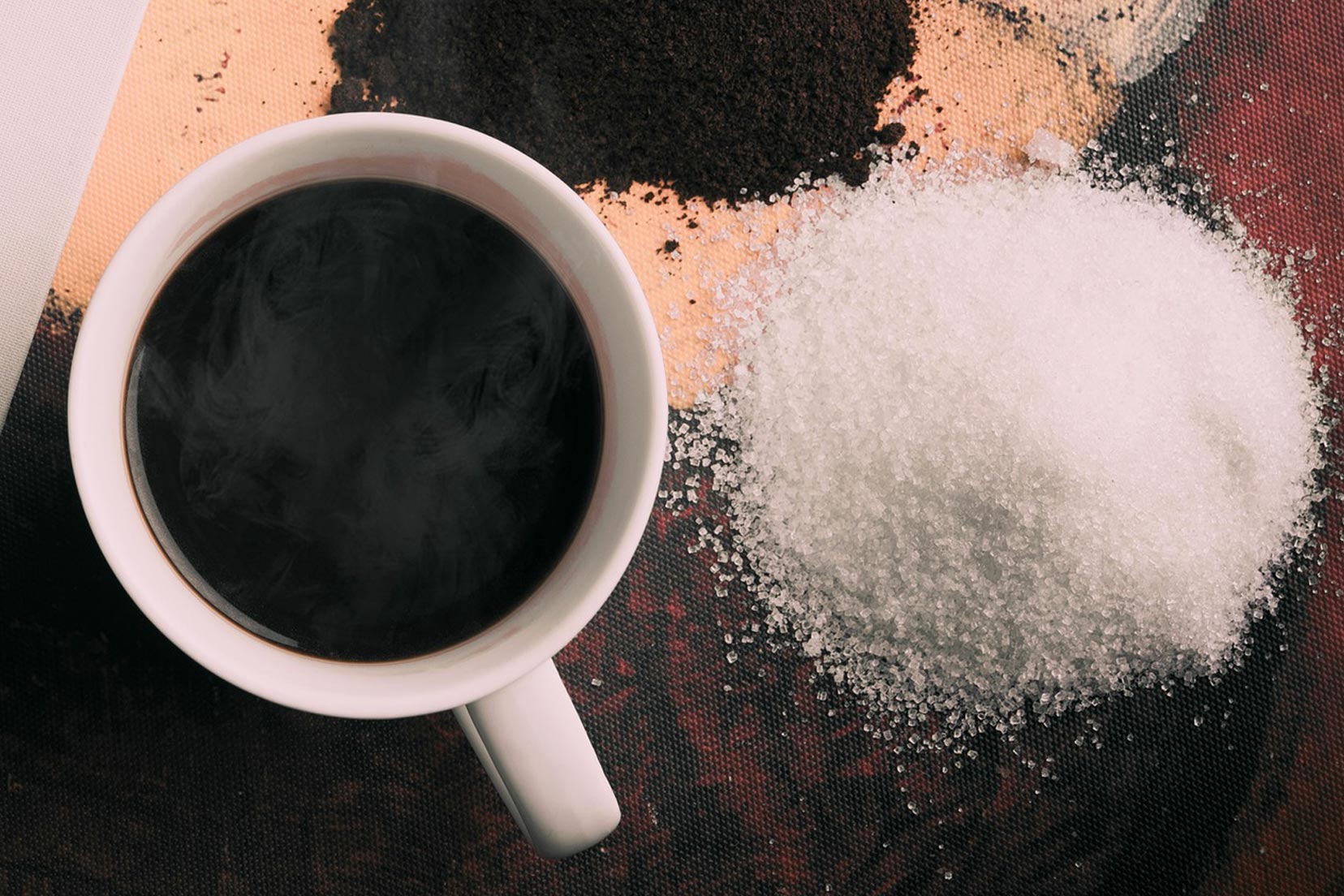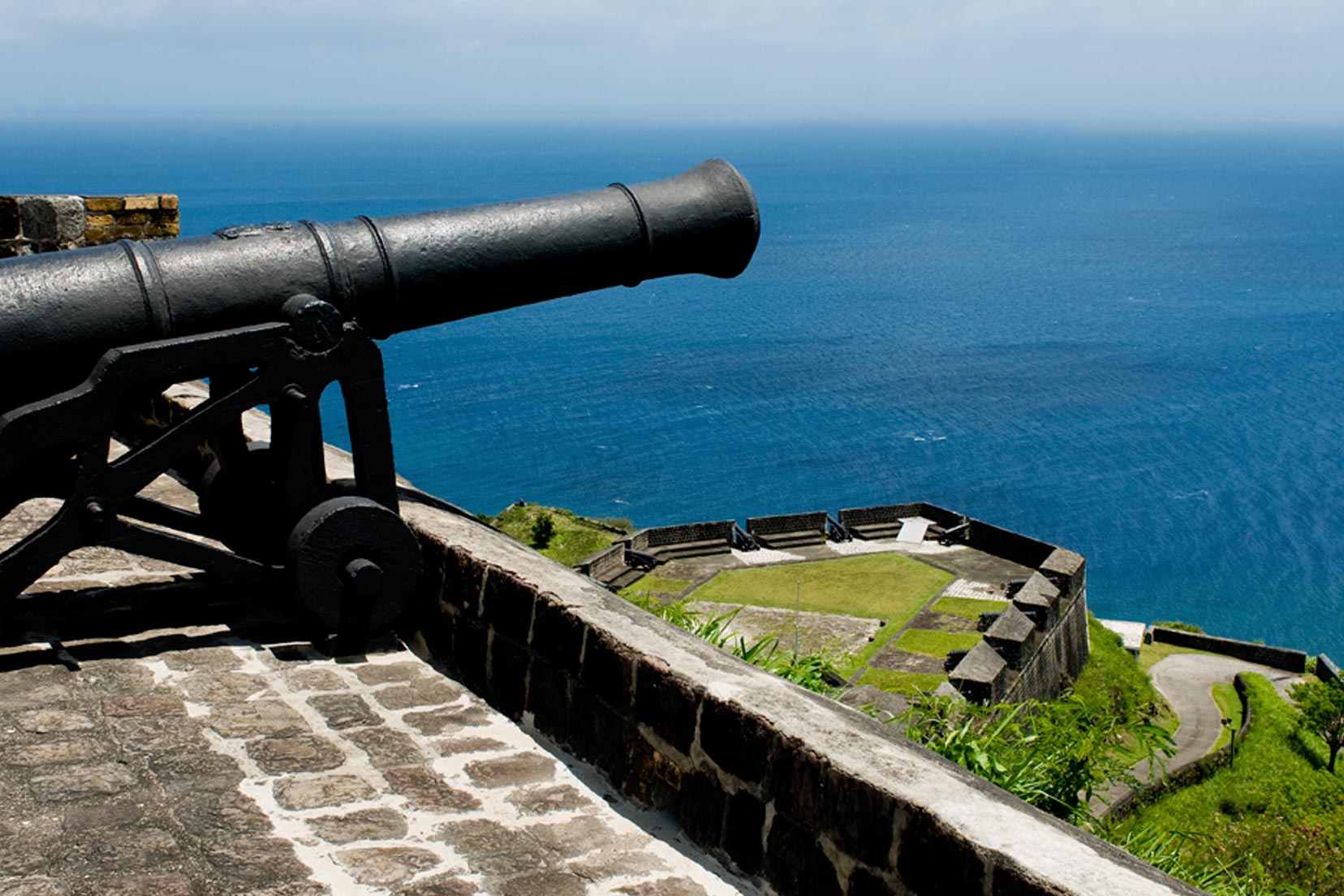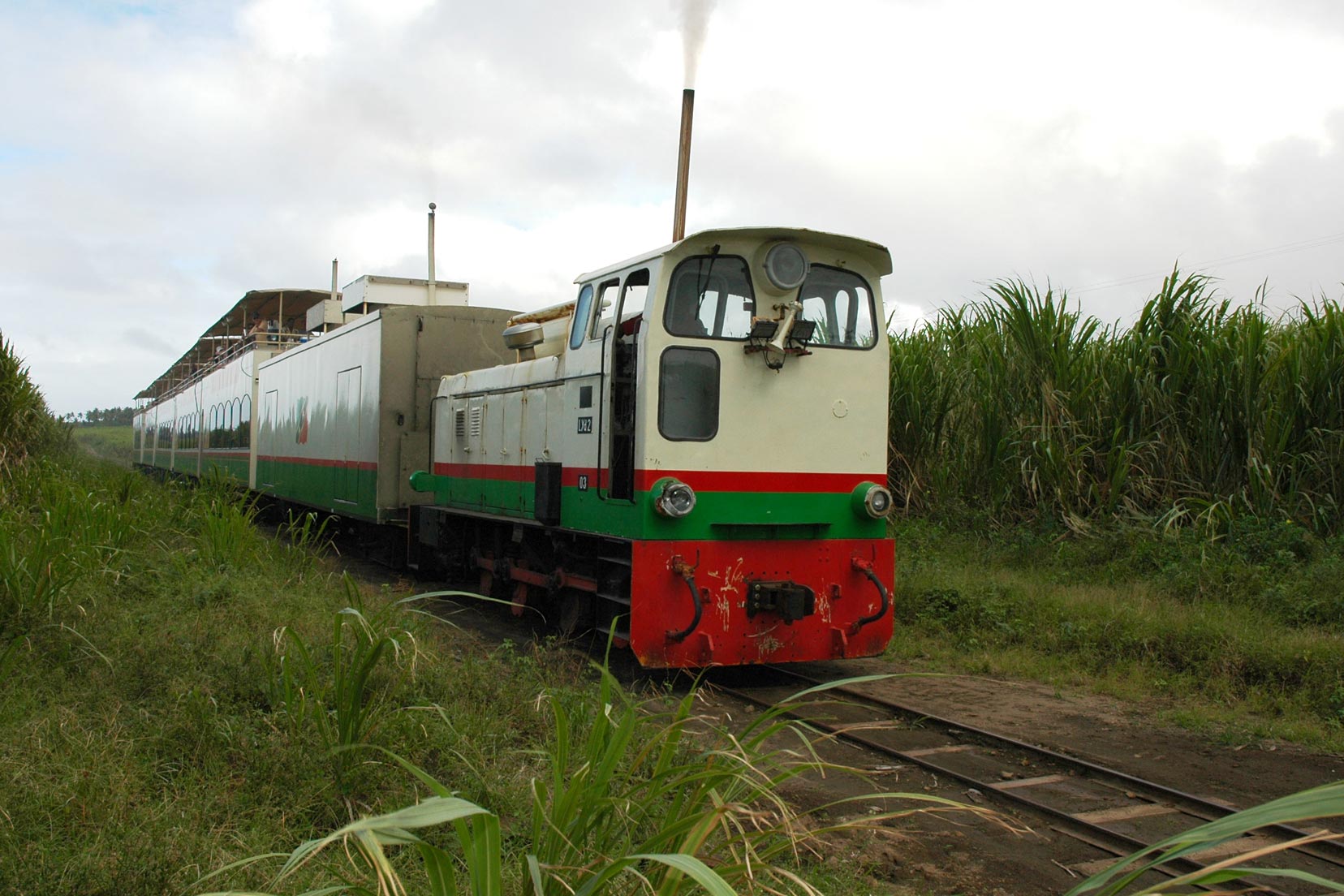
White gold
Stories of Christophe Harbour: HISTORY
1
Everyone loves sugar.
Tasty white granules that are taken for granted when we sprinkle them on our cornflakes or dip them by the teaspoonful into our coffee.

2
But once sugar – then a rare commodity for just the mega-wealthy – was the most important crop in the world. It was worth more than gold and was the oil of its day.
‘White gold’ they called it in Sugar City – St Kitts’s nickname back in 1640 when tobacco and rainforests were cleared to make way for sugar cane plants.
3
For 350 years, St Kitts – ‘the gateway to the Caribbean’ – was a leading producer of sugar cane that was turned into sugar, molasses and rum to sweeten menus and sweeten trade.
With the perfect conditions of tropical, rain-drenched fields, the sweet spot crop flourished.
European armies and navies went to war and created empires simply to harvest more and more sugar. By 1775, with 200 estates and 68 sugar plantations – one for every square mile – producing sugar, St Kitts became the wealthiest British colonial possession.

4
We couldn’t get enough of this sweet sensation.
In 1700, the average Englishman consumed four pounds of sugar a year. His intake rose to 18 pounds in 1800, and to a whopping 100 pounds by 1900.
Over a 30-year period from 1870 to 1900, the world production of sugar soared from 2.8 million tons a year to 13 million plus.
Profitability plummeted, however, when the European Union announced it was cutting sugar prices and sugar beets replaced canes.
One of the last West Indian isles to stop yielding sugar cane, St Kitts finally stopped growing the sweet stuff at the end of 2005.
Ghostly and gracious remains of conical sugar mills, estate houses, old boiling houses, and metal rollers that crushed cane into a dry pulp can still be found today.
5
The legacy of sugar can be found on a sweet-smelling tour along St Kitts’s northeastern coastline on the island’s very own sugar train.
The narrow gauge railway – built between 1912 and 1926 to cart sugar cane from plantations to the sugar factory near the capital, Basseterre – last rattled into the yard more than a decade ago.
The ‘last railway of the West Indies’.
But it’s managed to survive and reinvent itself as St Kitts Scenic Railway – a link to the past when sugar was king.


A Design Reflection
Story of craftsmanship

Sugarloaf Trail au Naturel
Story of flora and fauna









